
Politics & Society
A superpower in transition
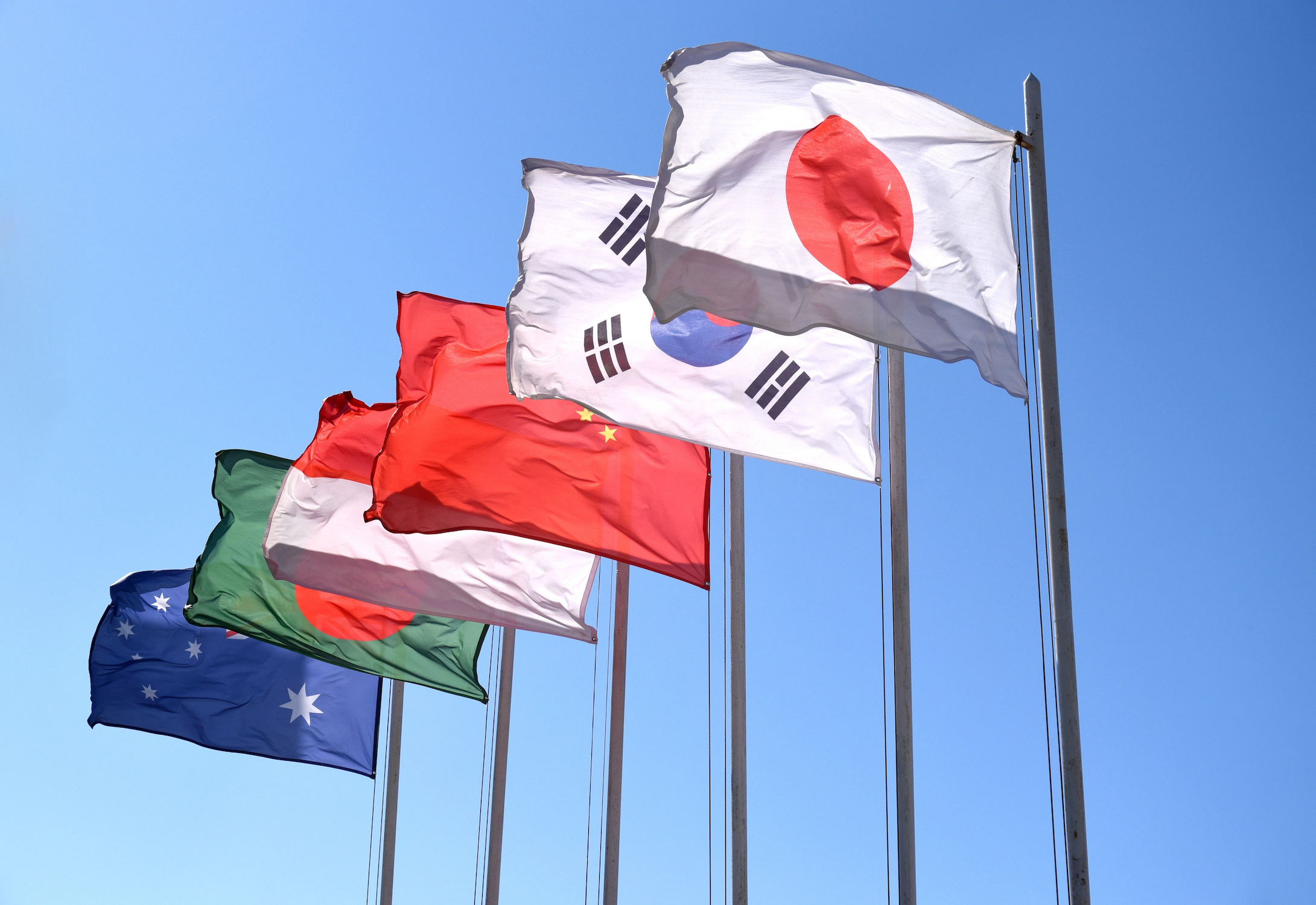
Australia’s challenge beyond COVID is finding a new narrative for how it relates to its Asian neighbours – particularly China
Published 23 November 2021
‘Narrative’ is a word teetering on the brink of overuse these days, tending to evoke either eye-rolling or air quotes. And yet, as with many overused words, narrative conveys a core truth about politics and policy.
Nations are particularly reliant on narratives, which speak to the core purposes and values of the national community, and help to locate them in the world among other nations.
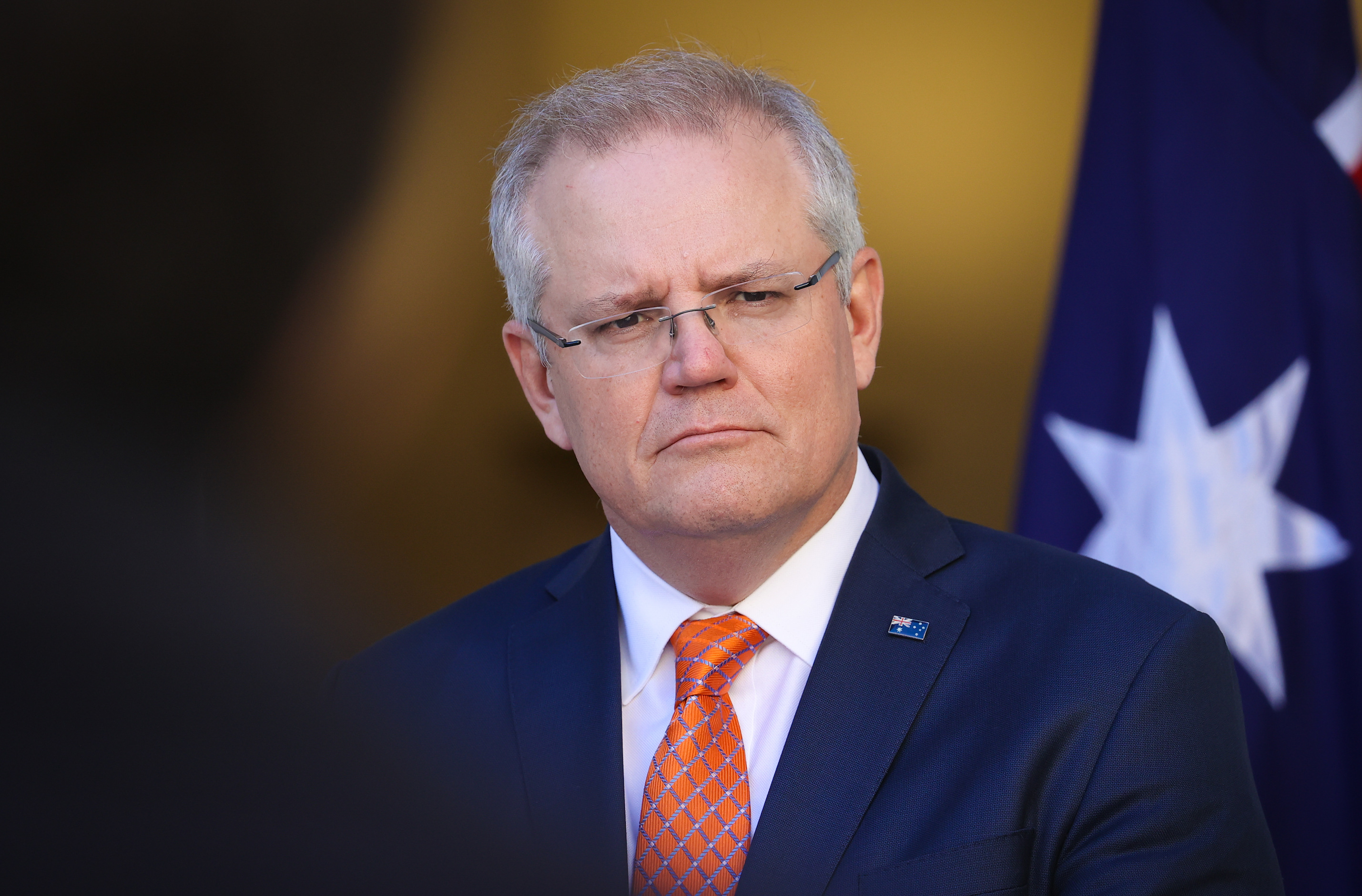
As a predominantly transplanted multicultural society, with scant historical or cultural points of connection or continuity to surrounding societies, Australia has relied heavily on national narratives since the arrival of European settlers.
Most basically, they drew on broad cultural values and stereotypes: egalitarianism, racial hierarchy, character and determination in the face of overwhelming odds.
Even before federation, the Australian narrative increasingly took its bearings from Asia: a region of both fascination and repulsion.

Politics & Society
A superpower in transition
Australians looked at Asia’s teeming populations as the antithesis of what they were building: a wealthy, white, Christian society with high standards of living and a guaranteed minimum wage.
As they compared themselves to their Asian neighbours, Australians couldn’t believe that if they had their way, Asians would not seek to try to come and take Australia’s vast, bounteous lands away from its few white inhabitants.
In the aftermath of the Second World War, a separate storyline started to develop: one of solidarity with the new states to Australia’s north.
The Colombo Plan brought many Australians into personal contact with Asian elites for the first time, while Canberra’s expanding External Affairs footprint provided Australian diplomats with intimate access to the challenges and deliberations of newly independent governments in Asia.
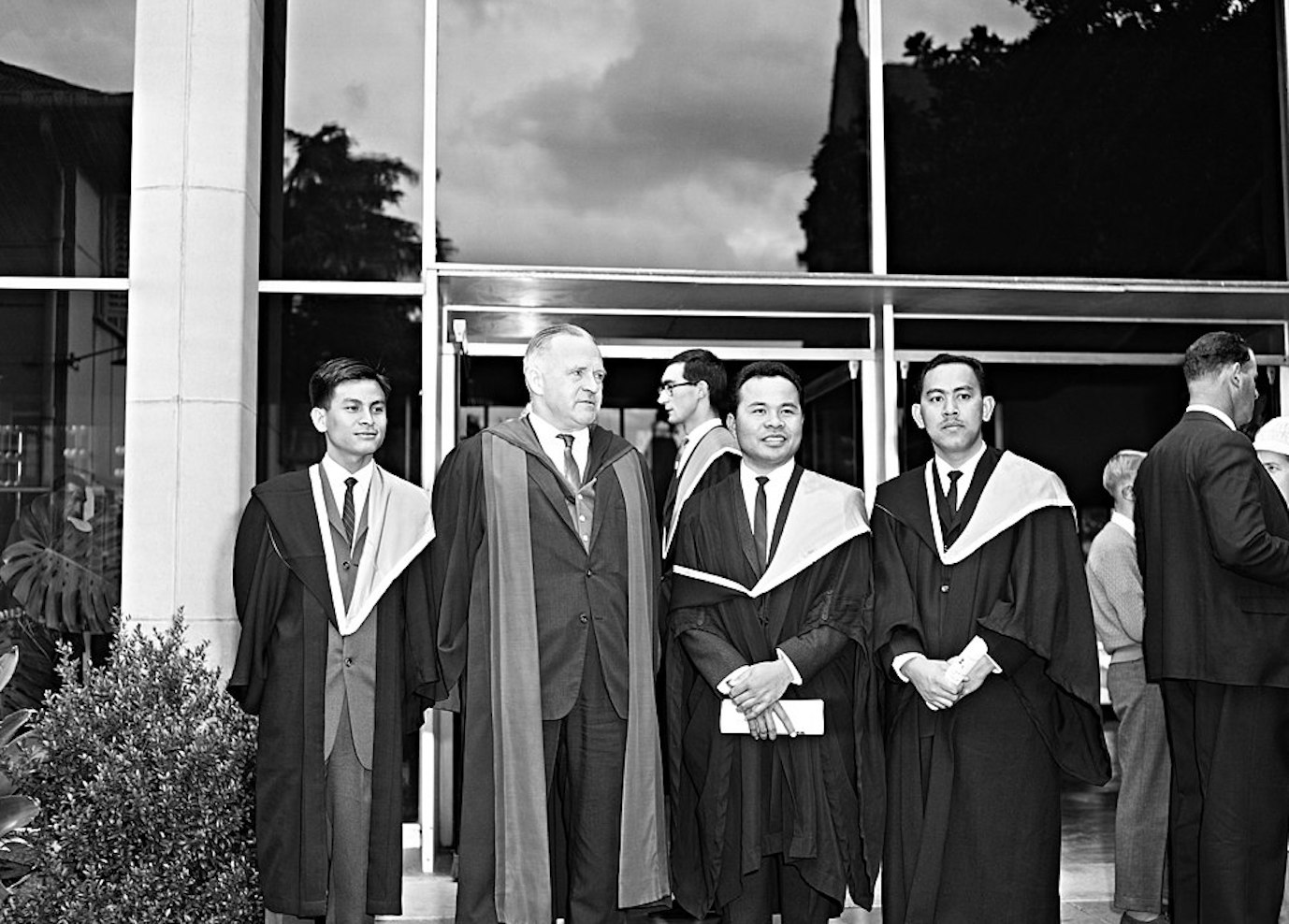
As Britain sought entry to the European Economic Community, Australia’s trade continued to gravitate towards Asia’s rising industrial economies: Japan, Korea, Taiwan, Hong Kong and China. With each passing year the narrative of danger from the region and the imperative of separation from Asia became less compelling.
From the crucible of social, political and economic change in the 1970s arose a new Australian narrative, with Asia once again as its muse – but a changeable muse.
By the 1990s Australian leaders were looking for more contemporary inspiration of becoming. Prime Minister Paul Keating drew explicitly on a rejection of the imperial narrative in sketching the grand themes of a republic, reconciliation with Australia’s Indigenous peoples – and integration with Asia.

Politics & Society
Is Australia becoming the ‘lonely’ country?
In hindsight, it is remarkable how quickly and completely Australia’s Asia narrative switched from one of danger and separateness to one of opportunity and integration.
Merchandise trade boomed, reaching two-thirds of Australia’s trade flowing to and from Asia. Australian schools added the teaching of Japanese, Mandarin, Korean and Indonesian to their traditional language curricula of French, German and Latin.
Australians’ tastes for Asian food expanded past Chinese to Thai, Indian, Vietnamese and Korean, and their appetites for Asian holidays expanded. Sporting codes and cultural institutions began to look to Asia as a new frontier and regional context. Universities and research institutions, traditionally focused on North America and Europe, started forging new partnerships in Asia.
Australia’s higher education and tourism sectors were reshaped by booming demand from Asian students and travellers.

But by the end of the 1990s, Australia had lost the urgency to its Asian odyssey.
The economy had started growing strongly. Our main ally appeared globally dominant. The 1997-98 Asian Financial Crisis punctured beliefs in Asia’s economic ascendancy and Australia’s lagging performance.
By that stage, Australia was like the dog that catches the car: prosperous, integrated, accepted in Asia, with a feeling that there was little left to strive or reinvent for. Having spearheaded a successful intervention into East Timor, Australia felt wealthy and self-confident.

Politics & Society
Most Asian-Australians experience discrimination
But there was also disillusion with what we had achieved in Asia. And the COVID pandemic has further shredded the neoliberal case for economic integration.
The virus stands as a warning against unrestricted movement of people, while the sudden shortages of protective equipment and the scramble for vaccines has been taken as a warning against becoming too reliant on free trade and relative advantage.
The final fracturing of the Asia Pacific grand narrative came when Australia’s relationship with China flipped from general comity to cold hostility.
There was a confidence that Australia’s economic complementarity with China gave it special influence in Beijing, and that in the phrase of the time, Australia “didn’t have to choose” between its alliance with the United States and its economic relationship with China.
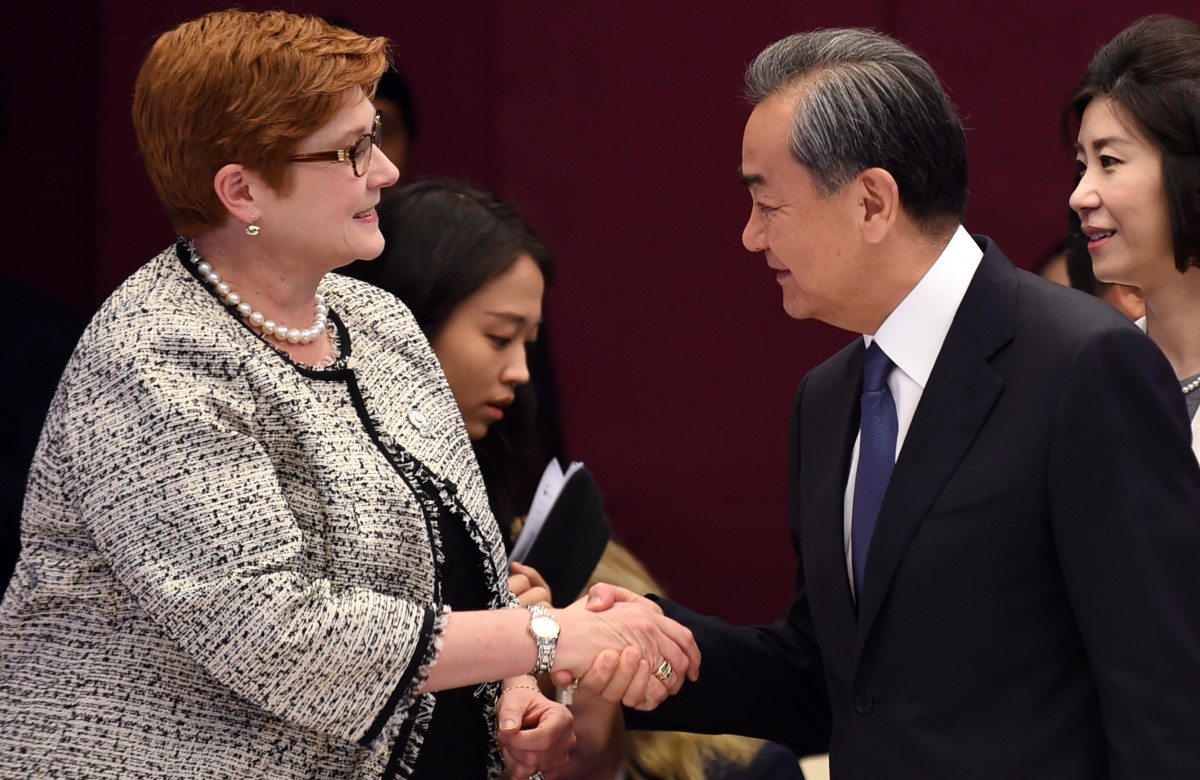
Australia could have the best of both worlds.
Instead exchanges between Australian and Chinese officials became increasingly acrimonious. Australian officials found themselves unable to gain access in Beijing, and Ministers’ calls went unanswered. Regular dialogues were deferred indefinitely.
When the Australian Foreign Minister called for an international inquiry into the origins of the COVID pandemic in April 2020, Beijing brought a halt to a range of Australian imports: coal, barley, wine, lobsters.
The antagonism between Australia and China is almost certainly the new normal in the relationship between Australia and its largest trading partner. The dynamics of the relationship’s fracturing means that neither side is able to resile from positions and actions deemed hostile by the other.
Beijing’s antipathy towards Australia is likely to be deeper and more sustained than towards any other regional jurisdiction other than Taiwan.
Australia’s periodic denunciations of China’s behaviour and intentions – however justified – isolates it from most of Southeast Asia, rather than drawing the region closer.
While Southeast Asian states are concerned about China’s intentions and behaviour, none are prepared to join Australia in denouncing and opposing China’s behaviour. Their response has been to cultivate China, along with the United States, Japan and India as a way of balancing China and maximising their own freedom of action.
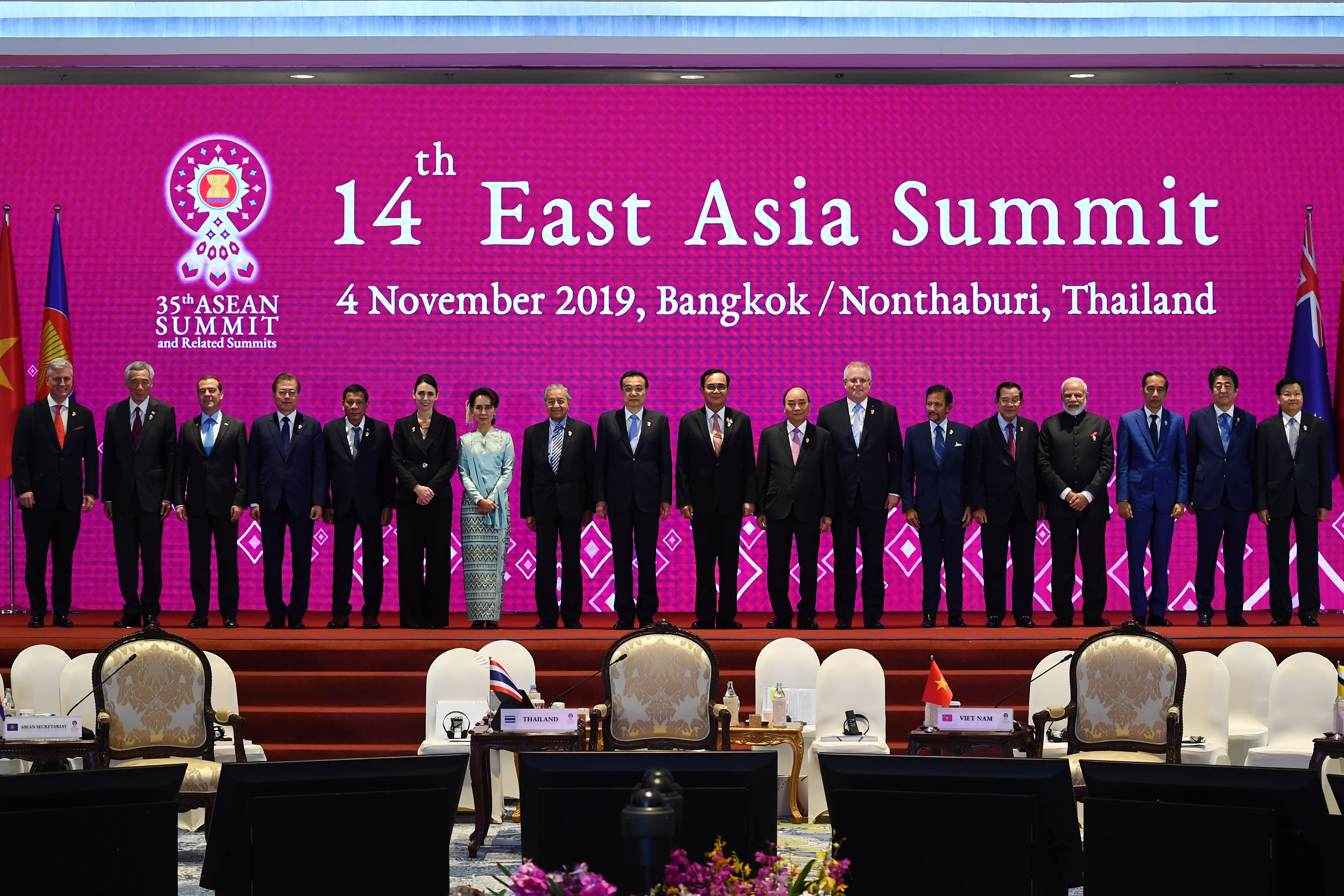
Any attempts to polarise the region, for or against China, are seen as unhelpful turbulence in an increasingly uncertain regional outlook.
Within Australia, China’s antagonism has seen attitudes flip from “security in Asia” back to the older narrative of security from Asia (or at least its biggest country).
This will have two profound implications for Australia. First, it represents the end of the country’s complete acceptance of the neoliberal doctrine of free trade and investment towards a regime of managed trade and investment as determined by Australia’s perceived security interests.

Arts & Culture
Understanding China through education
Second, it will impact on our future prosperity because there is no single or combination of trading partners that will replace China’s complementarity or scale of demand for what Australia produces.
Australia’s challenge beyond COVID will be to find a new narrative that aligns its national imperatives with a vision for how it relates to its region.
Finding a new narrative is more urgent than developing a new foreign policy approach to manage the major complexities in our regional environment.
Our significance and impact as a society in the broader world are as much a function of our trade and investment, cultural productions, research partnerships, sporting endeavours and the achievements of the Australian diaspora as the efforts of our diplomats and soldiers.
In short, Australia’s international relations will be more impactful if they are a whole-of-nation effort.

The Australian economy will need to be reoriented after the impacts of the long China boom and the COVID lockdowns have been assessed. Our reliance on exports of commodities will have to be tempered by the development of other areas of comparative advantage linking to more trusted and stable markets.
At the same time, a new formula for protecting our security, internally from foreign interference and externally from coercion will be important.
Perhaps the most crucial step will be finding a framework that establishes a sense of proportion about the risks from interference and coercion. The alternative is to slide increasingly towards paranoia and insularity.

Politics & Society
Public sentiment in China cools towards Australia
Finding new narratives also needs to acknowledge that Australia itself has changed. Our sense of being has shifted, and this will have a major impact on our urges towards becoming.
Australia today is a much more culturally diverse society than ever before, and this has major implications for how it responds to the outside world.
At the same time, globalisation has changed the way Australians engage internationally: we are more globally mobile, aware, employed and committed. Australians also are more prosperous, educated and unequal than ever before.
We all have an interest in fostering a rich, vibrant national conversation about what is important, what we should change, and how we should relate to our immediate neighbourhood.
We also have an interest that our leaders – not just political but business, university, civil society and media leaders – are listening closely and contributing to this conversation.
And that by some alchemy, as it has in the past, some animating narrative or narratives will emerge to guide Australia towards the next phase of its regional destiny.
Our regional future depends on the power of our stories.
This is an edited version of an article co-published with the University of Melbourne’s Asialink.
Banner: Shutterstock